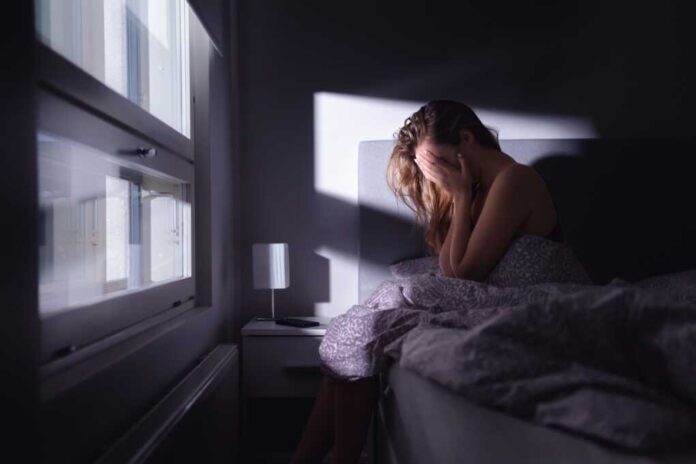
Imagine if the secret to a perfect night’s sleep was as easy as three simple tweaks in your daily routine—Australian sleep experts are discovering it’s not just a dream.
At a Glance
- Australia faces a growing sleep health crisis affecting over 90% of its population.
- Economic costs of poor sleep exceed $66 billion annually.
- Experts emphasize the importance of light exposure, meal timing, and temperature for better sleep.
- Comprehensive national strategies are in development to address sleep health inequities.
The Sleep Health Crisis in Australia
Australia is in the throes of a sleep health crisis, with more than 90% of its citizens struggling to get a good night’s sleep regularly. The situation is so severe that it’s costing the country a staggering $66.3 billion each year, a figure that includes direct financial costs and broader impacts on health and wellbeing. Poor sleep is linked to a slew of chronic diseases, including Type 2 diabetes, hypertension, and even mental health disorders.
Alarmingly, this isn’t just a problem for the night owls. The COVID-19 pandemic only exacerbated these issues by increasing stress and throwing daily routines into disarray. The “Great Aussie Wake-Up” report reveals a nation where 91% of citizens have trouble falling or staying asleep each week and 93% wake up too early. The result? A nation of groggy-eyed Aussies, with many skipping breakfast and hitting the snooze button multiple times.
Watch: The Sleep Crisis: Why Millions Can’t Rest | Extraordinary People
The Key Players in the Sleep Revolution
Who stands at the forefront of this sleepy saga? A mix of government bodies, advocacy groups, and expert researchers. The Australian Government, led by the Department of Health, is a key player aiming to reduce the health costs and improve wellbeing. Organizations like the Sleep Health Foundation and NEST are pushing for policy changes and promoting sleep health awareness. Meanwhile, sleep experts like Olivia Arezzolo are on a mission to share actionable advice with the public.
These groups are working together to develop the National Sleep Health and Wellbeing Strategy set for 2025. This plan aims to tackle the inequities in sleep health, particularly for vulnerable populations like First Nations people, rural residents, and minorities who experience higher rates of sleep issues.
The Path to a Better Night’s Sleep
Experts are rallying around three controllable elements to improve sleep: light exposure, meal timing, and temperature regulation. They advise against late-night snacking and excessive caffeine intake, as well as the perils of blue light exposure from screens before bed. The strategy is not just about individual behavior change but also systemic policy interventions to ensure everyone has the chance for a restful night.
Addressing these factors could significantly reduce the risk of chronic diseases and mental health issues associated with poor sleep. It’s not just about feeling less groggy—it’s about improving health outcomes and closing health gaps across different communities.


















